It was a warm and sunny Tuesday morning when a group of 22 Liverymen and their guests gathered outside the Jackfield Tile Museum, located at the heart of the network of Ironbridge Gorge Museums in Shropshire.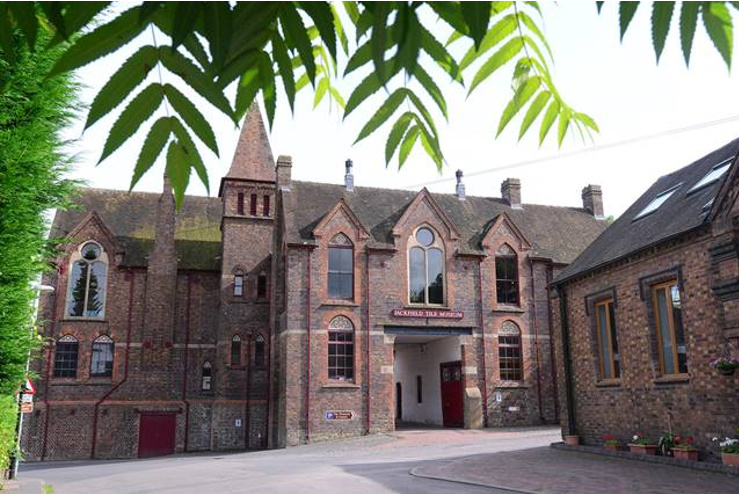
We were met by Liverymen Adrien Blundell and Chris Cox, both key members of the Craven Dunnill Jackfield team, who proceeded to give us an introduction to the history of the site and of the exciting day that lay ahead.
We then proceeded to head off on a walking tour of the site, guided by Chris.
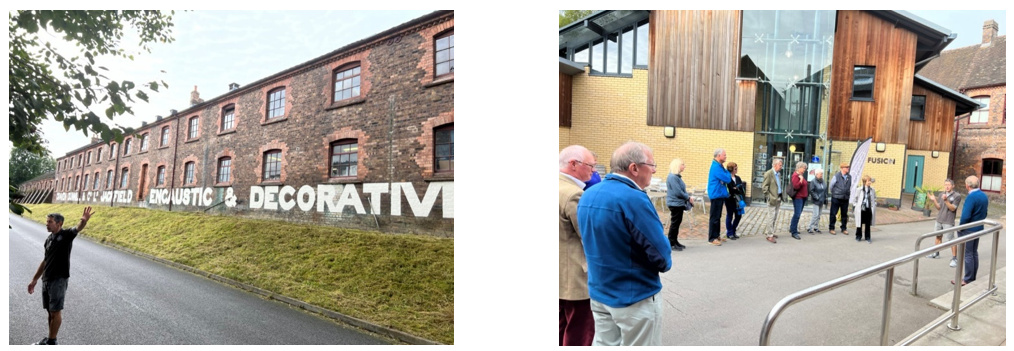
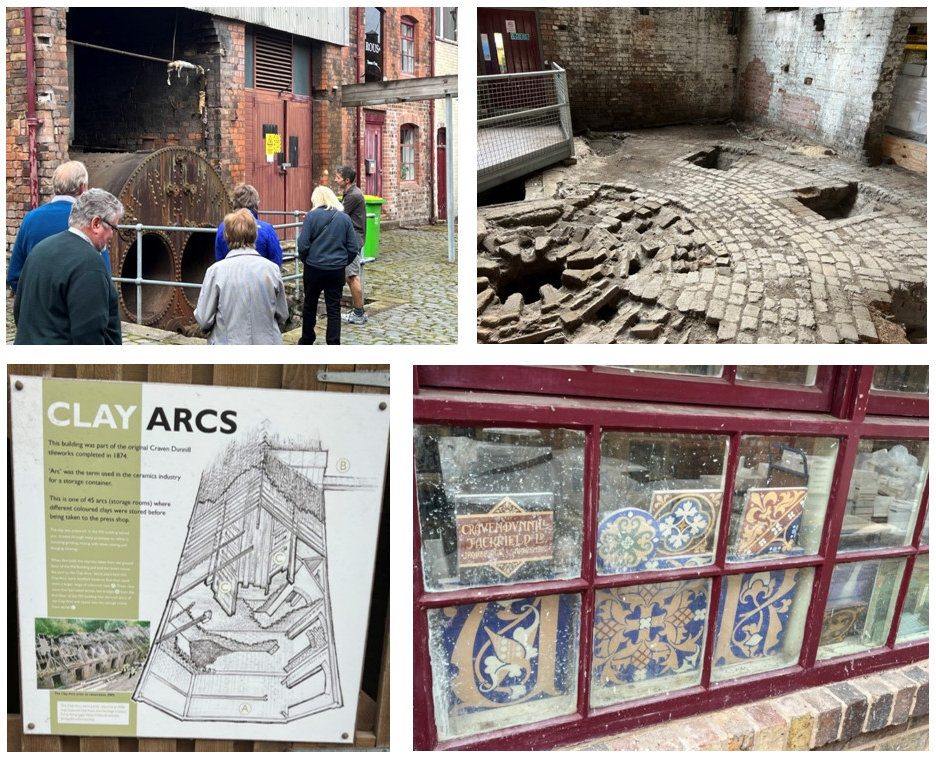
Sights included were, what remained of the original kilns, boilers from a bygone age, now derelict clay storage “arcs” and examples of historical tile designs were presented throughout the tour. A well-earned rest was then taken at the museum café where we proceeded to split into 2 groups, each following a series of talks, walks and hands on practice, led by both Adrien and Chris, to fill the rest of the day.
The operational factory for wall and floor tile manufacture at Craven Dunnill Jackfield employs many traditional production techniques but sets them in modern surroundings. The care and attention given to each tile is quite outstanding in this modern age, but it is clearly at the heart of their philosophy and quite rightly so.
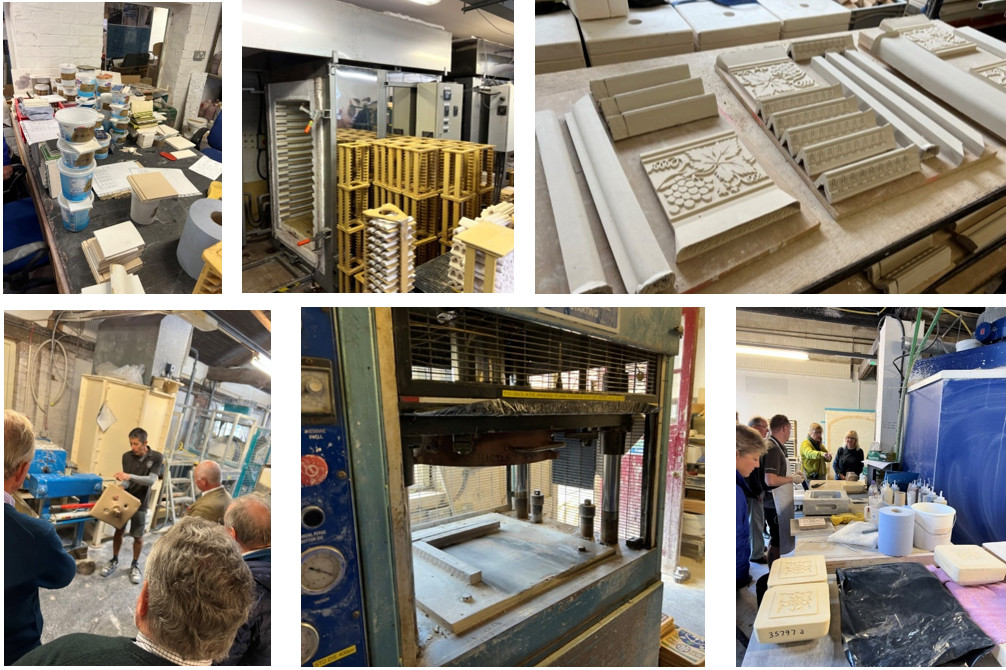
Following a short break for lunch in the museum café we resumed our activities with one group enjoying a guided tour of the museum whilst the other rolled up their sleeves ready to make their own encaustic tile.
The tile making was instructed and supervised by Jennifer Kelleher who explained the age old technique employed in the production of encaustic tiles. (Encaustic tiles are ceramic tiles in which the pattern or figure on the surface is not a product of the glaze but of different colors of clay). We were then let loose on full scale tile production! What became clear was how difficult the process was by hand and quite clearly it relies on a time served apprenticeship in order to produce tiles of such a high quality in high numbers, something we discovered during the course of the afternoon!
In the time available the tiles we had made could not be fired, but Jennifer kindly offered to do this after we had left for the day – and there will be a Best-in-Class winner announced soon, which saved the competitive nature of the members getting out of hand!
The Craven Dunnill Jackfield museum maps the history of the company from when Craven Dunnill & Co. Ltd was founded by Henry Powell Dunnill in 1872 in Jackfield, Shropshire, to present day.
The purpose-built tile factory, which now forms part of the museum, was at the forefront of technology in its day and was designed by Charles Lynam, an architect from Staffordshire who specialised in the design of industrial buildings. At the dawn of the industrial revolution the Ironbridge Gorge was the Silicon Valley of its day, offering a unique variety and abundance of raw materials essential to industrial innovation and invention.
Craven Dunnill became renowned throughout the Empire, for its ceramic floor and wall tiles, in particular its encaustic floor tiles and highly decorative wall tiles. In the 1950’s Craven Dunnill & Co. moved to its current headquarters based in Bridgnorth and the original Craven Dunnill factory was acquired by the Ironbridge Gorge Museum Trust, becoming one of their main Museum sites, situated in the world heritage site of the Ironbridge Gorge.
Manufacturing returned to the original Craven Dunnill site in 2000 where today it is the oldest surviving purpose-built tile factory in the world and the company is now the leading manufacturer of traditionally styled, decorative tiles for projects globally.
We were lucky enough to receive a guided tour of the museum, by its Curator, Kate Cadman. Kate explained the history of the site, its production and some of the exquisite items it now houses. Part of this tour included a detailed review of the famous John Scott collection.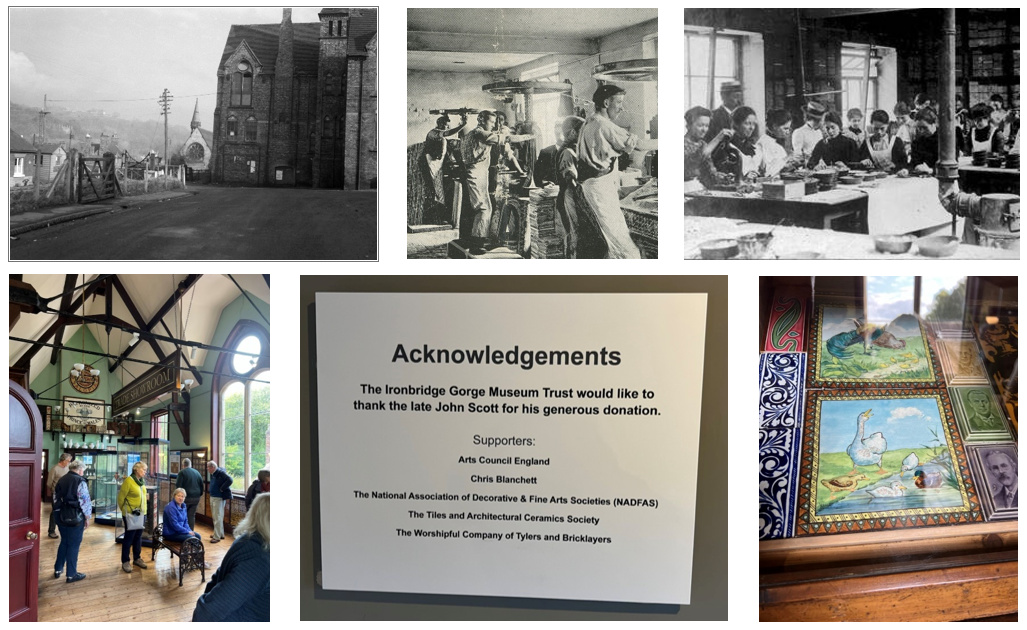
At the end of our first day, we then retired to our hotel, The Lion and Pheasant Hotel in Shrewsbury where we later met for dinner and enjoyed a marvellous 3 course meal.
We awoke the following morning bright and early to be greeted by another beautiful day in the Shropshire countryside. Today was to be a guided tour of the Iron Bridge and Tollhouse followed by a walking tour of the Blists Hill Victorian Town.
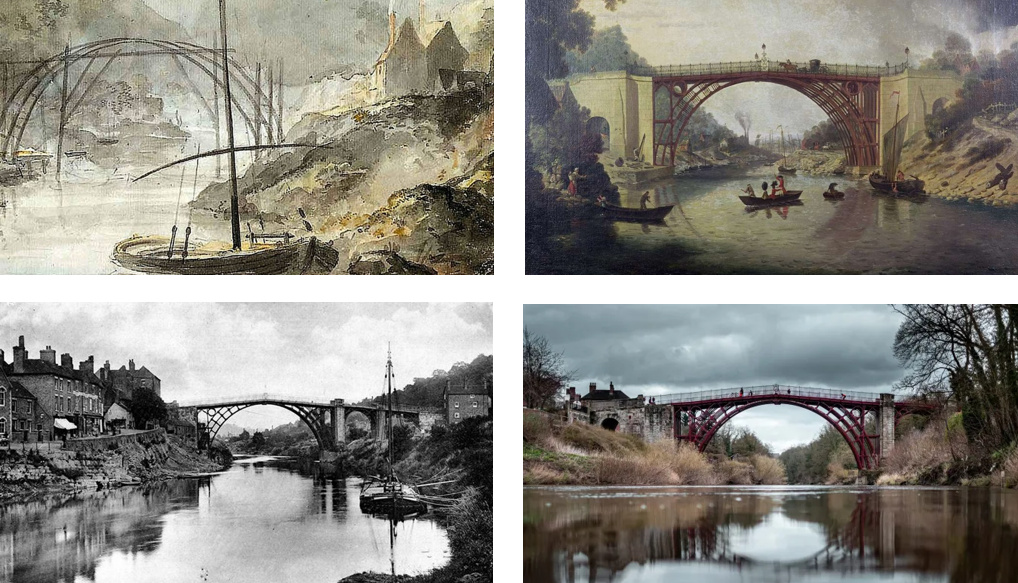 At the world-famous Iron Bridge, we were met by our guide who went on to explain in detail the history of this magnificent structure and how so little has been recorded of its construction.
At the world-famous Iron Bridge, we were met by our guide who went on to explain in detail the history of this magnificent structure and how so little has been recorded of its construction.
Abraham Darby III, the ironmaster, was commissioned to build it and work began in November 1777, Darby’s Bridge was the first in the world to use cast iron structurally, and artists, writers, spies and engineers came from all over the world to marvel at ‘that most incomparable piece of architecture’. The adjoining Tollhouse still displays the charges levied on users when it was in full use and before it was finally closed to traffic in 1934.
We then moved to another part of the Iron Bridge Gorge where the Blists Hill Victorian Town has been recreated in all its glory.
The town is home to over 50 Victorian shops, homes and industrial centres that are all in full occupation and use, showing visitors just how Victorian life in an industrial centre would have been.
We were free to walk at our leisure in and around the town, exploring the homes and businesses from a world gone by.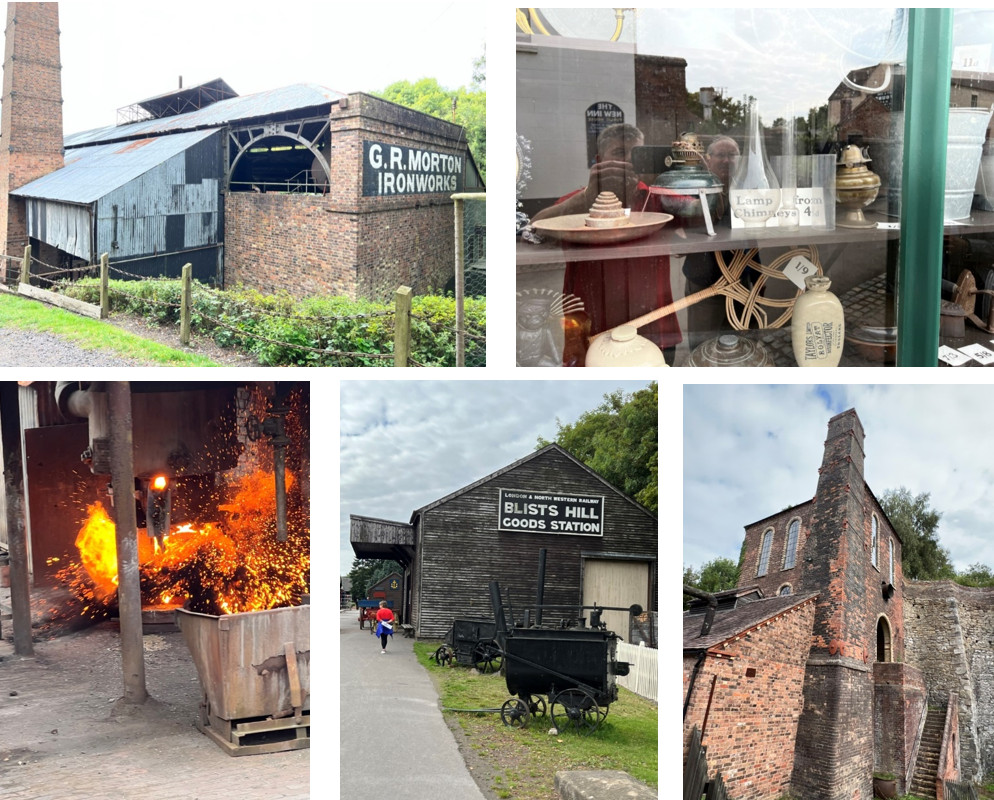
The 2022 Craft Visit ended early afternoon following a very enjoyable pub lunch in the New Inn Public House nestling in the heart of the town.
Our thanks go out to the Master, Simon Martin for his impeccable organisation and to the team at Craven Dunnill Jackfield who so generously gave up their time to host our visit.
